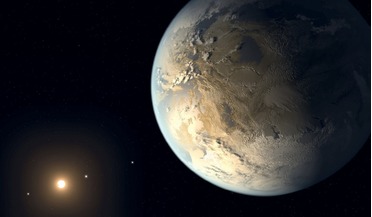 August 2018
Exoplanet census promises radical discoveries
August 2018
Exoplanet census promises radical discoveries
... power, enabling revolutionary science in both exoplanets and cosmology. During its five-year mission, WFIRST’s exoplanet microlensing survey will discover thousands of new exoplanets, completing the census of planets with orbits beyond that of Venus...
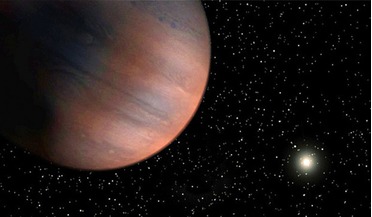 10 April 2017
Super-Jupiter mass planet found in the galactic bulge
10 April 2017
Super-Jupiter mass planet found in the galactic bulge
... planets orbiting beyond the snowline around relatively faint host stars, such as brown dwarfs or M dwarfs. Nonetheless, microlensing is dependent on rare and random events like the passing of one star precisely in front of another, as seen from...
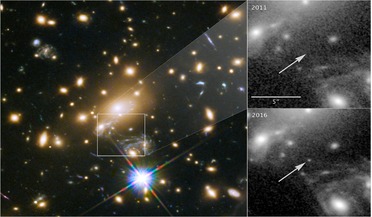 03 April 2018
Astronomers unexpectedly find the most distant star ever discovered
03 April 2018
Astronomers unexpectedly find the most distant star ever discovered
...reflect the smaller lensing source and it is known as microlensing instead. “Like the Refsdal supernova explosion the light of... into the constituents of the galaxy cluster. We know that the microlensing was caused by either a star, a neutron star, or ...
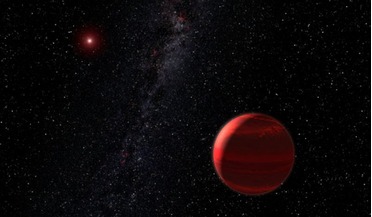 03 February 2020
Researchers discover "invisible" stars too dim to be seen
03 February 2020
Researchers discover "invisible" stars too dim to be seen
... years and getting in the way of the background star. The team found them through their gravitational microlensing effects. Microlensing is an effect that occurs when the gravity of a foreground object causes space-time to bend, magnifying something...
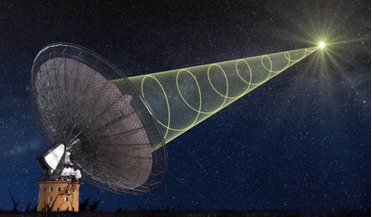 30 August 2016
Is there anybody out there? SETI researchers look to explain mysterious signal
30 August 2016
Is there anybody out there? SETI researchers look to explain mysterious signal
... from an extraterrestrial source – though it could be caused by a number of other things, such as earthly radio interference or a microlensing event. Strong signal from the direction of HD 164595. “Raw” record of the signal together with expected...
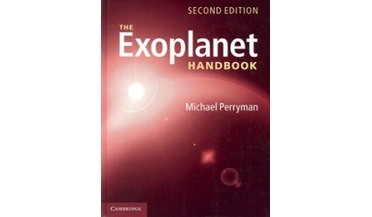 08 April 2019
The Exoplanet Handbook (2nd edition)
08 April 2019
The Exoplanet Handbook (2nd edition)
...-column pages, its 12 chapters cover the main detection techniques – such as Doppler shift, transit photometry and microlensing – and provide detail on topics such as host stars, evolution, interiors and atmospheres. There follow some 350...